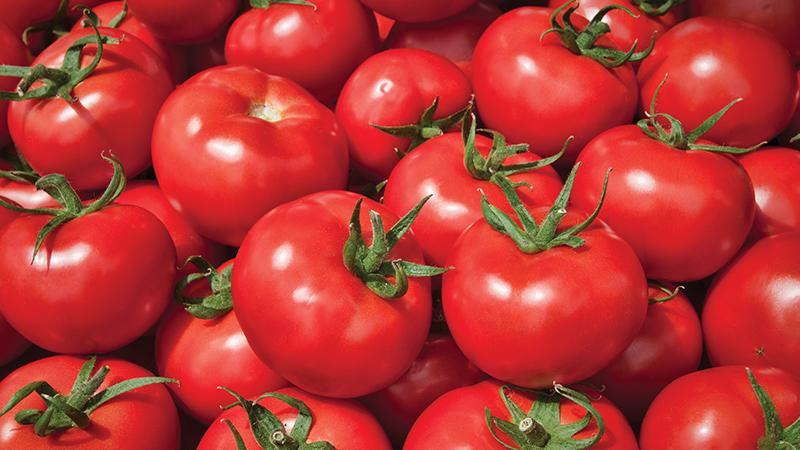Parasitic Wasp Might Be a Solution for Spotted Wing Drosophila
Patience is a virtue, but there comes a time when one must act. After 12 years of research, Oregon State University agricultural scientists are ready to release a parasitic wasp that controls spotted wing drosophila, a highly destructive fruit fly.
Vaughn Walton, Extension entomologist and Professor in the College of Agricultural Sciences, says USDA has permitted release of the wasp (Ganaspis brasiliensis), a slow process that took more than 10 years from application to decision. Now that they have a permit, Walton’s lab, which is part of the OSU Agricultural Experiment Station, is raising enough wasps to make a dent in the spotted wing drosophila population in Oregon.
“This will have a huge impact, Walton says. “Spotted wing drosophila is very difficult to control. It’s got a very, very high reproduction rate with many generations per year. Because of that, when using pesticides, they have to be applied constantly, sometimes two or three times a week. Growers are really interested and are excited about a biological control that will work along with cultural management tools to decrease SWD and not cost them any money. It’s a natural resource available to them. We think this is going to change things.”

Researchers are looking at natural enemies to combat spotted wing drosophila. The most promising is a beneficial wasp from the genus Ganaspis.
Photo by Tim Haye
A holistic integrated pest management (IPM) approach that uses cultural controls like good sanitation, proper pruning, drip irrigation, and weed cloth can be somewhat effective. But IPM management programs still need the addition of pesticides to fight spotted wing drosophila, Walton adds.
Spotted wing drosophila is well suited to the Willamette Valley climate. About 95% live in areas surrounding non-crop habitats that act as pest reservoirs for reinvasion of the crops. That’s where the wasp will be released.
The parasitoid wasp kills SWD by laying eggs inside the insect and when the wasp hatches, its larva consumes its prey. Spotted wing drosophila populations can be kept at a bay at a rate of up to 65% when the parasitoid wasp is there to check it, according to preliminary data.
“We’ll never take down the entire fly population,” Walton says. “But as SWD increases there’s more food for the wasp.”










